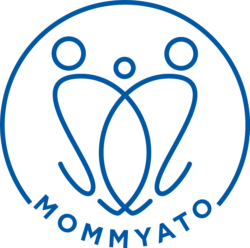Author: JessicaB
27 Mar Preparing for Your Baby with Down Syndrome
1/700 babies are born with Down Syndrome in the United States.²
March 21st was World Down Syndrome Day; a special day marked to bring awareness to the joys and unique challenges of raising a child with Down Syndrome. The date of the 21st is chosen because the genetic disorder is characterized by an extra copy of chromosome 21; also called Trisomy 21.23 Jan Relieving Nipple Pain from Breastfeeding
25% of American women stop breastfeeding by 6 months because of nipple pain.² You might be wondering what to expect the first few weeks of breastfeeding your newborn. For mothers who’ve already breastfed a baby, you may not experience much nipple tenderness. But, for first time mothers, nipple pain can cause quite a bit of discomfort the first weeks.18 Jan Reducing Risk of the Top 5 Birth Defects
Posted at 15:33h
in Baby, Birth Defects, Health, Medical Concerns, Medical Concerns, Medical Concerns, Pregnancy
3% of infants in the U.S. are born with birth defects.¹
If you’re thinking about becoming pregnant or just found out that you’re pregnant, you may also be thinking about birth defects. January is Birth Defects Awareness Month so it’s a good time to discuss the basics and learn how they occur. Knowing the risk factors can help reduce your baby’s risk of developing a birth defect in the womb.
10 Jan The Benefits of Colostrum: Liquid Gold
Feeding your baby colostrum in the first hour of life gives your baby the best start in life.² If you’re a first time Mama or never breastfed your baby before, you may be wondering what colostrum is. And, why is it so amazing that it’s frequently called “Liquid Gold?” Colostrum is a liquid that comes from the nipples right after giving birth. It can range from watery to thick, from clear to yellow to white in color. When your milk comes in around day 3 or 4 after birth, colostrum is still present in the milk for weeks afterward.04 Jan Cervical Cancer, Pregnancy and Fertility Preservation
95% of Cervical Cancers are caused by HPV (Human Papillomavirus) mainly contracted through sex.³
What is Cervical Cancer?
Talking about cervical cancer can be scary. It’s a disease that affects women in childbearing age, which means very young to middle aged women. 95% of cervical cancer is caused by HPV (Human Papillomavirus), which is spread mainly through sexual intercourse.³30 Nov What you Need to Know about Pelvic Girdle Pain during Pregnancy
Hey Mama! December 3rd is International Day of Persons with Disabilities. While pregnancy is not often associated with disability, there is one condition that affects some pregnant women and presents similar acute and enduring challenges: Pelvic Girdle Pain (PGP). Pelvic Girdle Pain is usually related to Symphysis Pubis Dysfunction (SPD). SPD happens when the ligament that joins the right and left pelvic bones becomes too soft and stretchy. The pelvic bones often lose alignment and become unstable.30 Nov Top 10 Tips for Safe Toy & Gift Giving
Happy Holidays to both new and seasoned Mamas! ‘Tis the season for gift giving and no doubt you’ll be both gifting and receiving a plethora of presents this year. When it comes to the little ones though, it’s a good idea to refresh on the principles of safe toy and gift giving for children. For more information on infant safety check out Mommyato. Every year, thousands of children make a trip to the ER for toy related injuries [tip #7: riding toys are a top culprit of injuries]. So, a quick review of the basics will help avoid any unplanned trips to the hospital as well as the expense!30 Nov Postpartum Pelvic Floor Dysfunction After Childbirth
Chronic pelvic pain and incontinence (leaking urine or feces) are not acceptable, long term conditions after childbirth.



